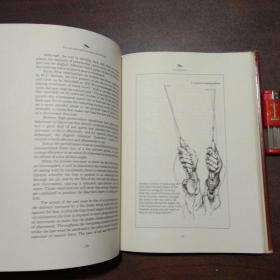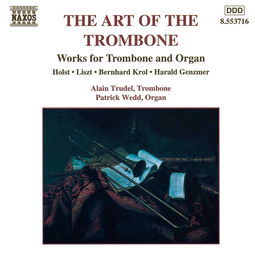Content:
Fishing, an age-old pastime, offers a serene escape from the hustle and bustle of daily life. Among the various fishing techniques, casting is a fundamental skill that every angler must master. The art of casting allows you to present your bait or lure at the desired location, ensuring a higher chance of hooking a fish. In this article, we will delve into the essential techniques for using a fishing rod and reel effectively, enabling you to become a proficient caster.
Understanding the Equipment
Before diving into the casting techniques, it's crucial to familiarize yourself with the basic components of a fishing rod and reel. The rod is the backbone of your setup, providing the necessary leverage to cast your line. The reel, on the other hand, stores the line and plays a significant role in the casting process.
Choosing the Right Equipment
Selecting the appropriate rod and reel for your fishing style is essential. For beginners, a lightweight spinning rod and reel combination is recommended. As you progress, you can experiment with different types of rods and reels tailored to specific fishing conditions.
Tuning Your Equipment
Proper tuning of your rod and reel ensures smooth casting and reduces the risk of breakage. To tune your equipment, follow these steps:
- Check the alignment of the rod guides to ensure they are parallel to the rod blank.
- Ensure the drag is set correctly on the reel to prevent the line from slipping off the spool when casting.
- Adjust the reel's clicker or drag system to provide an audible warning when the drag is released.
Basic Casting Techniques
Now that you're equipped with the right gear, let's explore some basic casting techniques:
Backcast
The backcast is the first step in the casting process. It involves loading the rod with power to create the necessary energy for the forward cast. Here's how to perform a backcast:

- Hold the rod with a comfortable grip, ensuring your wrist is slightly bent.
- Lift the rod behind your head, maintaining a steady tension on the line.
- Point the rod tip downward and begin winding the reel handle to take up any slack.
- As the line begins to straighten, allow the rod to bend naturally by releasing the tension in your wrist.
- Swing the rod back and forth until the line is fully loaded and the rod is bent to its maximum capacity.
Forward Cast
Once the line is loaded on the rod, it's time to cast forward. The forward cast delivers the bait or lure to your target. Here's how to perform a forward cast:
- Hold the rod at a 45-degree angle to the ground, keeping your wrist slightly bent.
- Swing the rod forward, accelerating through the casting stroke with a smooth, continuous motion.
- As the rod reaches the desired point, pause briefly to allow the line to straighten and then release the line with a gentle flick of your wrist.
- Ensure you follow through with your casting motion to maintain control of the line.
Advanced Casting Techniques
As you become more proficient in basic casting, you can explore advanced techniques to improve your accuracy and distance:
Casting Jigging
Casting jigging is a technique used for targeting fish that are near the bottom of the water column. It involves repeatedly lifting and lowering the lure to mimic the natural movement of prey. To perform a casting jig:
- Start with a backcast, then lower the rod tip to the water's surface.
- Allow the lure to sink to the desired depth, then begin a slow, upward retrieve.
- Repeat the process, varying the speed and depth of your retrieve to trigger strikes.
Casting with a Spinnerbait
A spinnerbait is a versatile lure that creates a visual disturbance on the water's surface, attracting fish from a distance. To cast a spinnerbait effectively:
- Hold the rod at a 45-degree angle to the ground, keeping the lure just above the water's surface.
- Begin a slow, steady retrieve, allowing the spinnerbait to flutter and spin as it moves through the water.
- Vary the retrieve speed and angle of the rod to create different presentations.
Conclusion
Mastering the art of casting is a journey that requires practice and patience. By understanding the basics of equipment, learning the fundamental casting techniques, and exploring advanced methods, you'll be well on your way to becoming a proficient caster. Remember, fishing is not just about catching fish; it's about enjoying the process and connecting with nature. Happy casting!












